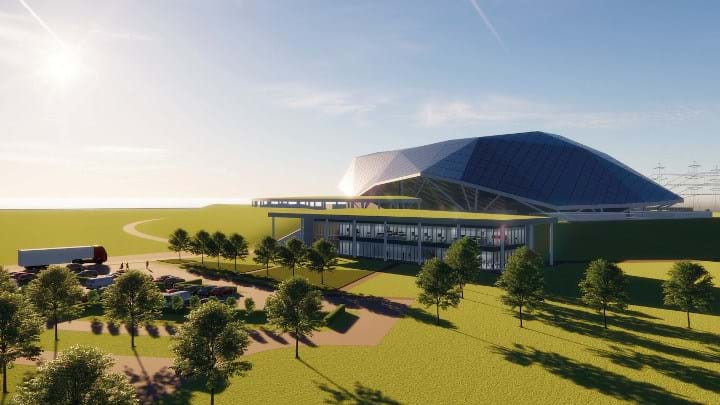Rolls-Royce pushes ahead with funding for small modular reactor development

ROLLS-ROYCE is moving ahead with plans to develop small modular nuclear reactors (SMRs) and has established a new business that has received £400m (US$538m) in funding.
The new business is called Rolls-Royce SMR, and will receive £195m in funding from investors including its parent company, BNF Resources and Exelon Generation. The UK Government is providing £210m through UK Research & Innovation, building on the £18m it invested in the first phase of the project. Rolls-Royce SMR will submit its reactor design for regulatory approval, through the so-called generic design assessment, and begin to identify sites for factories to manufacture its modular reactors.
Its reactor design is based on established third-generation pressurised water reactor technology but at 470 MW will be much smaller than conventional large-scale nuclear plants. Benefits of building reactors in a modular fashion is that the sub assemblies can be fabricated, tested and certified in factory conditions and protected from the weather. They can then be shipped to site for final stages of construction. This shift to factory production should increase consistency and reduce project overrun and costs hikes that have dogged conventional large-scale nuclear projects. Modular reactors should also allow for decentralised power, with reactors sited near where they are needed – for example an industrial complex – and the number of modules chosen to suit demand. A single SMR station would occupy around one tenth the size of a conventional plant and provide enough power for one million homes.
Warren East, Rolls-Royce CEO, said: “With the Rolls-Royce SMR technology, we have developed a clean energy solution which can deliver cost competitive and scalable net zero power for multiple applications from grid and industrial electricity production to hydrogen and synthetic fuel manufacturing.”
The company estimates that the first units could be operational in the early 2030s and that by 2050 the business will create 40,000 jobs. It estimates that the UK supply chain could provide 80% of its needs. Rolls-Royce said much of its investment is expected to be in the North of the UK, where there is significant existing nuclear expertise.
Business and Energy Secretary Kwasi Kwarteng, said: “Not only can we maximise British content, create new intellectual property and reinvigorate supply chains, but also position our country as a global leader in innovative nuclear technologies we can potentially export elsewhere. By harnessing British engineering and ingenuity, we can double down on our plan to deploy more home-grown, affordable clean energy in this country.”
The University of Sheffield’s Nuclear Advanced Manufacturing Research Centre (AMRC) will work with Rolls-Royce to develop a fully integrated pre-production proving facility for SMR manufacturing. The proving facility will be used to manufacture large-scale prototypes of the reactor pressure vessel and its closure head.
Andrew Storer, CEO of the Nuclear AMRC, said: “Our task now is to apply the advanced manufacturing technologies that we’ve been developing at the Nuclear AMRC over the past decade, and ensure that as much of the SMR as possible can be made in UK factories, as cost-effectively as possible while meeting all the quality and safety standards expected by nuclear customers and regulators.
The SMR power station was designed by a consortium that included Assystem, Atkins, BAM Nuttall, Jacobs, Laing O’Rourke, National Nuclear Laboratory, Nuclear Advanced Manufacturing Research Centre, Rolls-Royce, and TWI.
Recent Editions
Catch up on the latest news, views and jobs from The Chemical Engineer. Below are the four latest issues. View a wider selection of the archive from within the Magazine section of this site.




